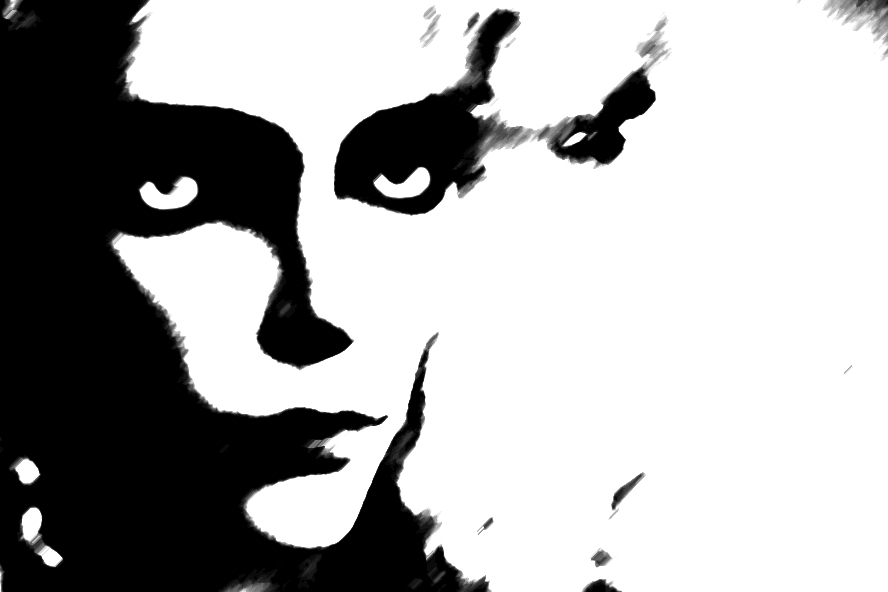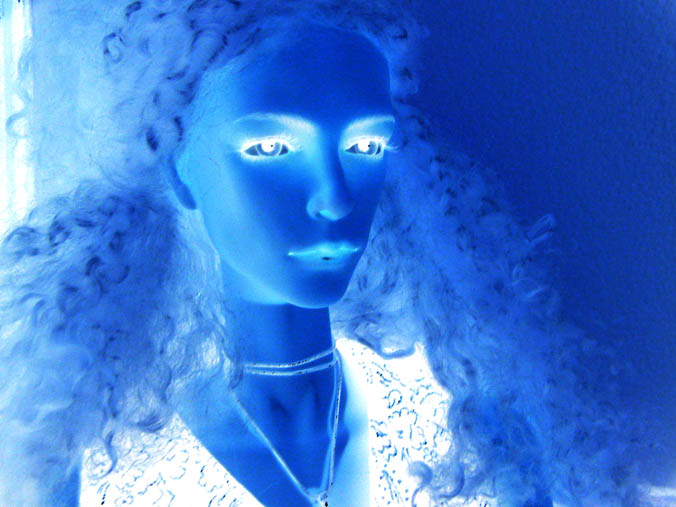Whether you believe that the universe tends toward good, bad or mediocre, there’s still the question of where to assign these capacities. Are people good, bad, good+bad, bad+mediocre, etc.?
Such questions are complicated in TV shows with supernatural elements. BTVS, Charmed and Supernatural all accept the existence of non-human creatures, including demons, ghosts, spirits and monsters. The question of moral value applies to the supernaturals as well. In each show, the supernaturals have different moral values. In BTVS, they’re morally heterogeneous with a tendency toward goodness and humanity. In Charmed, they are good and bad, with bad being more potent than good. In Supernatural, they are just bad.
BTVS, as I have discussed before, makes its monsters sociological metaphors for the struggles of modern bourgeois youth. Said struggles, such as having a romantic relationship, entering the work force, graduating from high school, going to college, being responsible for siblings and getting married, are neutral in and of themselves, not inherently good, bad or mediocre. Thus, by extension, the monsters that personify these struggles aren’t inherently good, bad or mediocre either.
In fact, BTVS’ entire trend seems to be toward humanizing and discovering the good and beneficial in something that first appears as a puzzling, bad threat. Example: Angel used to be a person, but was transformed into a soulless demon, but, due to a curse, literally became human again when his soul was returned to him. Though he does lose his soul for a good part of season 2, he eventually returns, subdues his soullnessness and recurs occasionally on the series as a friend and helper. Despite his morally offensive past and his period of death-dealing in season 2, the surrounding characters believe in his perfectibility, and the show ends up putting more emphasis on his peaceful, helpful, caring actions.
Same with Spike, who started off cheerfully sadistic and rather flat in his first appearance because he was only supposed to be a one-off antagonist. Due to audience popularity, however, he was introduced as a regular and suffered the entire series getting the moral repulsive parts of him beaten into submission. [Hmmm, I think there’s another essay here about the endless degradation this character goes through — mocked and abandoned by sire Drusilla, inserted with computer chip and experimented on a la lab rat, chained in Giles’ basement for a good chunk of season 5, exploited as a sex toy in season 6 by Buffy, physically pounded by that demon who returns his soul, possessed by the First in season 7. It’s like some sort of torture porn narrative on how to break the will of a restive sub.] Anyway, he ends up pretty much good.
Finally, there’s the character of Dawn, who pretty much embodies the whole theme of threat made human. I mean, she’s a big glowing ball of energy that, if harnessed by Glory, could bring about the end of the world. But she is personified, literally made into a person, and she is shown as capable of love toward Buffy and Joyce, friendship and solicitude toward the rest of the gang — typical tendencies toward moral good. The entire crew responds to her not as a doomsday device, but as a person who has dangerous powers, but is worthy of respect and love. All of this is to say that the BTVS universe may be full of inhuman things, but the general tendency is to seek the understandable, good and redeemable in these things and force them into moral, controllable, acceptable domesticity. [This begs the question: If something doesn’t want to be good, should you make it so?]
Charmed, tragically enough, lacks the depth, subtlety and emotional heft of either BTVS or Supernatural, preferring instead to base its longevity on boobs and comedy [and comic boobs]. That said, it has an interesting moral framework in which good is distant and ceremonial, while evil is corporate, ruthlessly efficient and immediate. What strikes me most about Charmed is that, aside from the Halliwell witches, there ain’t much good directly available for them to depend on. Supposedly they get help from whitelighters, but do we ever actually see them? I watched a bunch of season 4, and they never appeared! In fact, they were notable for being off-screen. Leo visited them once an episode for help or advice, but his absence always led to demons hurting someone, and the advice he came back with never did any good anyway. In summary, the forces of good in Charmed are just a plot device with no actual moral bearing.
On the other hand, as the season 4 arc about Cole being the Source and trying to get an heir illustrates, the baddies are amongst us! Apparently the evil minions of the Source occupy skyscrapers and offices in downtown San Fran. They work effectively through a familiar corporate structure where the Source is like the CEO, and the demons who all sit around the table are like middle management, and the ones who actually appear and snarl at people are like the labor. Evil doesn’t just exist in Hell [world’s cheapest Hell set = sound stage and dry ice], but here on this plane. It has regiments, legions, armies! How are three witches who are too busy flashing their tits supposed to combat this stuff? Even if they are “aided” by a terminally dense and frequently off-screen whitelighter [I’m looking at YOU, Leo…], their cause is hopeless. For all its gooey insistence about “the power of three” and the strength of family ties, Charmed has a grim world view.
Supernatural is pretty binary about its assignment of moral values. All the good goes to the humans, all the bad to the supernaturals. The only good supernatural is a dead supernatural. You might say that the cow-sucking vampires in Bloodlust were good because Sam and Dean let them live, but those vampires were permitted to live in the same way that non-practicing pedophiles are reluctantly allowed to settle down in boarding houses instead of under highway overpasses. In the moral calculus of the show, those vampires are still morally objectionable because supernatural, no matter how restrained and non-murderous they behave. They are tainted, and they can’t ever be cleansed.
Evil in Supernatural is irredeemably evil; in contrast to BTVS, empathy doesn’t help at all. Supernatural makes gestures toward psychologizing and understanding the activities of the paranormal creatures. In Playthings, which was about a ghost girl who wanted to drown a living girl so she could have a friend for all eternity, the show gestured toward poignancy by suggesting that the spirit was really lonely and, like most kids, wanted someone to play with. But no attempt was made to deal with the spirit by any means except the usual: KILLING IT!
Realistically enough, stabbing every damn threat in sight is a psychologically valid reaction when the paranormal creatures you encounter are just your own private problems writ large. Killing things, in this case, can be seen as a mental defense mechanism, Dean and Sam’s way of avoiding the reasons for their psychological disturbance. They do that a lot…avoiding. In season 2, they’re always keeping secrets from each other; Dad sacrificed his soul for Dean, but shhhh, that’s a secret. Dad says Dean might have to kill Sam, but shhhh, that’s a secret. Dean promised his soul to the yellow-eyed demon to get back Sam, but shhhh, that’s a secret. Not to mention the whole ingenious frame of the brothers tooling around in a car — that’s a master image of avoidance. Sure, they may be driving to jobs, but they have no fixed destination, which smells even more strongly of RUNNING AWAY than it does of any particular QUEST. Anyway, my point is that all the supernaturals are bad because everyone thinks they’re bad, which leaves open the hope that Supernatural might move on to a more morally heterogeneous view of paranormal creatures as Dean and Sam address their hang-ups more directly. In the mean time, paranormals are BAD and brotherly love wins the day [not THAT kind!].


